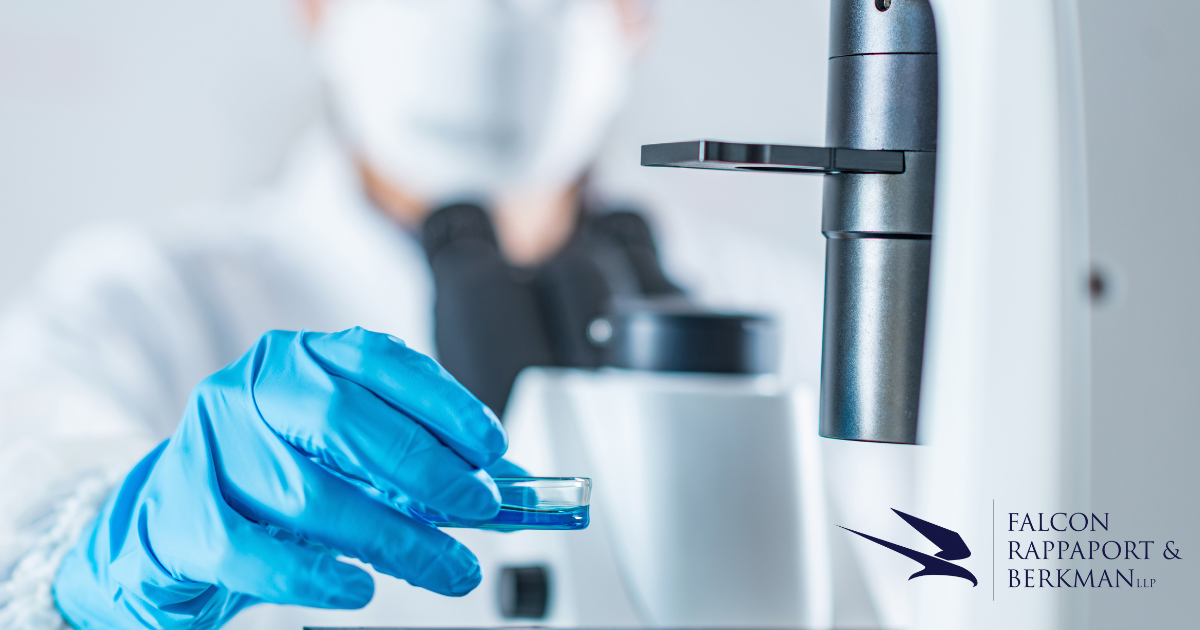New York City Council Renews Emerging Biotech Tax Credits
By: Matthew E. Foreman, Esq., LL.M. and Davis Rosser
To keep emerging technology companies in New York, the New York City Council renewed the biotechnology tax credit for tax years beginning after January 1, 2023 and before January 1, 2026.[1] The biotechnology credit allows qualified emerging technology companies (QETCs) engaged in biotechnologies to claim up to $3 million in annual tax credits.[2] The NYC Department of Finance will undergo a rulemaking process to determine how the credit should be allocated among eligible taxpayers.[3]
Eligibility Requirements
A QETC is a company located in New York City with total annual product sales of $10 million or less and meets either of the following criteria:
- Its primary products or services are classified as “emerging technologies,”[4] or
- It has research and development (R&D) activities in New York City, and its ratio of R&D funds to net sales equals or exceeds the average (as determined by the National Science Foundation, or comparable successor survey).[5]
The taxpayer must also meet all the following criteria to claim the credit:
- 100 full-time employees or less, with at least 75% of those employees employed in New York City;[6]
- A ratio of R&D expenses to net sales equal to or greater than 6%;[7]
- Gross revenues not exceeding $20 million for the immediately preceding year.[8]
Mechanics of the Tax Credit
Assuming the above conditions are met, the Biotechnology Tax Credit Equals the sum of the following expenses:
- 18% of the cost or other basis of research and development property;[9]
- 9% of qualified research expenses;[10] plus
- 100% of high-technology training expenses, limited to $4,000 per employee.[11]
Falcon Rappaport & Berkman is dedicated to serving clients who may be interested in utilizing this renewed tax credit. If you believe you qualify for this credit or have any other tax-related questions, please contact our Taxation Practice Group or submit the form below for a free consultation.
[1] Int. No. 1070-A (accessible at https://legistar.council.nyc.gov/LegislationDetail.aspx?ID=6252756&GUID=E666ABFA-22DA-43FA-B20D-63E13F398F43&Options=&Search=).
[2] Id.
[3] Id.
[4] Id. Biotechnologies, remanufacturing, and advanced materials and processing are all considered “emerging technologies.” See PBA § 3102-e (accessible at https://www.nysenate.gov/legislation/laws/PBA/3102-E).
[5] Int. No. 1070-A (accessible at https://legistar.council.nyc.gov/LegislationDetail.aspx?ID=6252756&GUID=E666ABFA-22DA-43FA-B20D-63E13F398F43&Options=&Search=).
[6] Id.
[7] Id.
[8] Id.
[9] Research and development property is “property that is used for purposes of research and development in the experimental or laboratory sense.” Id.
[10] Qualified research expenses are “expenses associated with in-house research and processes… costs associated with the dissemination of development activities…. [and] costs associated with the preparation of patent applications.” Id.
[11] Id.
DISCLAIMER: This summary is not legal advice and does not create any attorney-client relationship. This summary does not provide a definitive legal opinion for any factual situation. Before the firm can provide legal advice or opinion to any person or entity, the specific facts at issue must be reviewed by the firm. Before an attorney-client relationship is formed, the firm must have a signed engagement letter with a client setting forth the Firm’s scope and terms of representation. The information contained herein is based upon the law at the time of publication.

